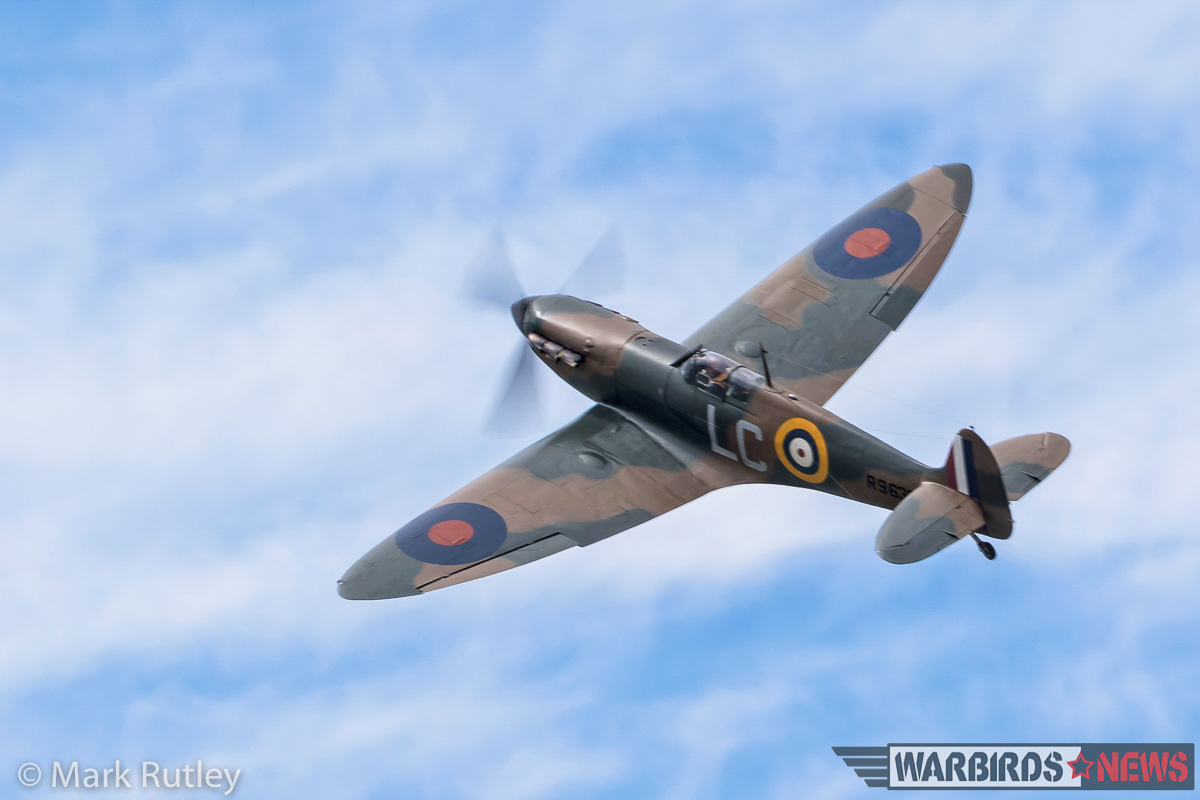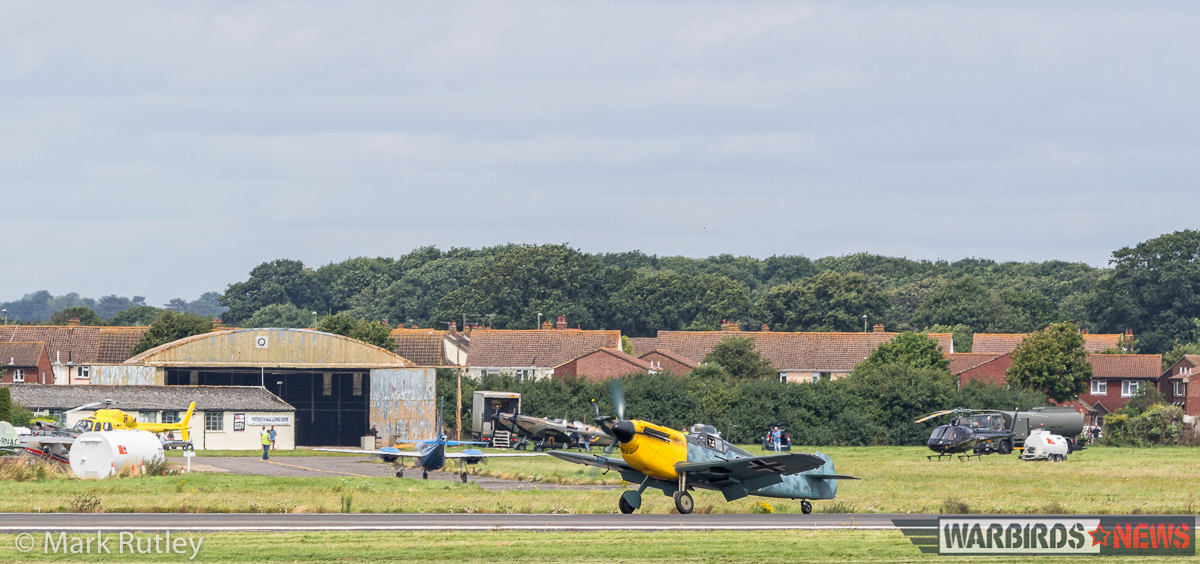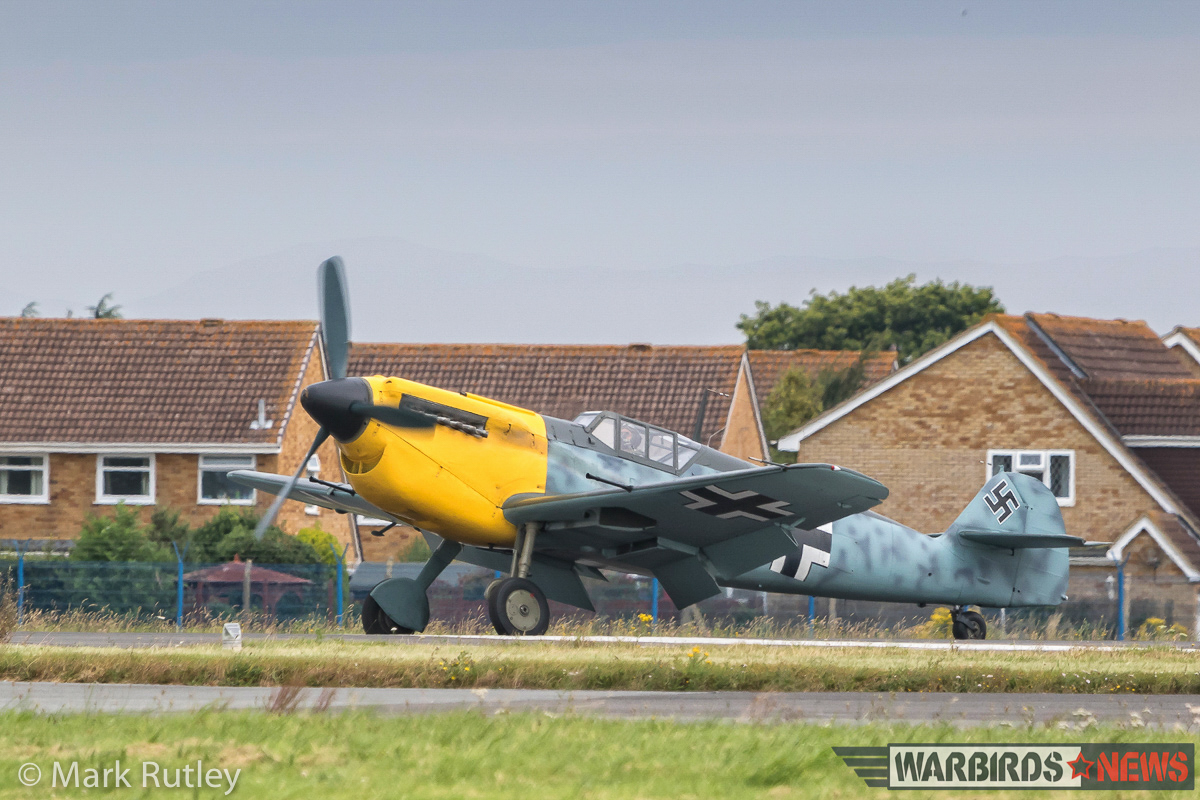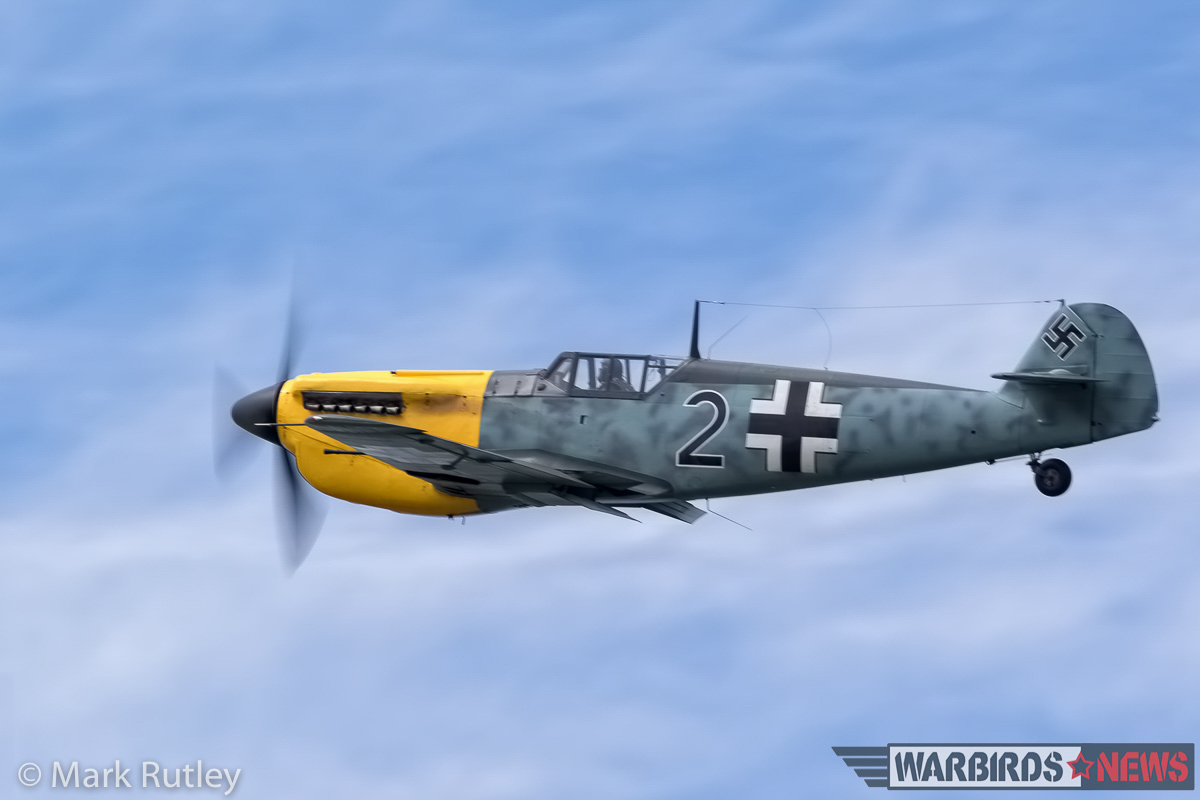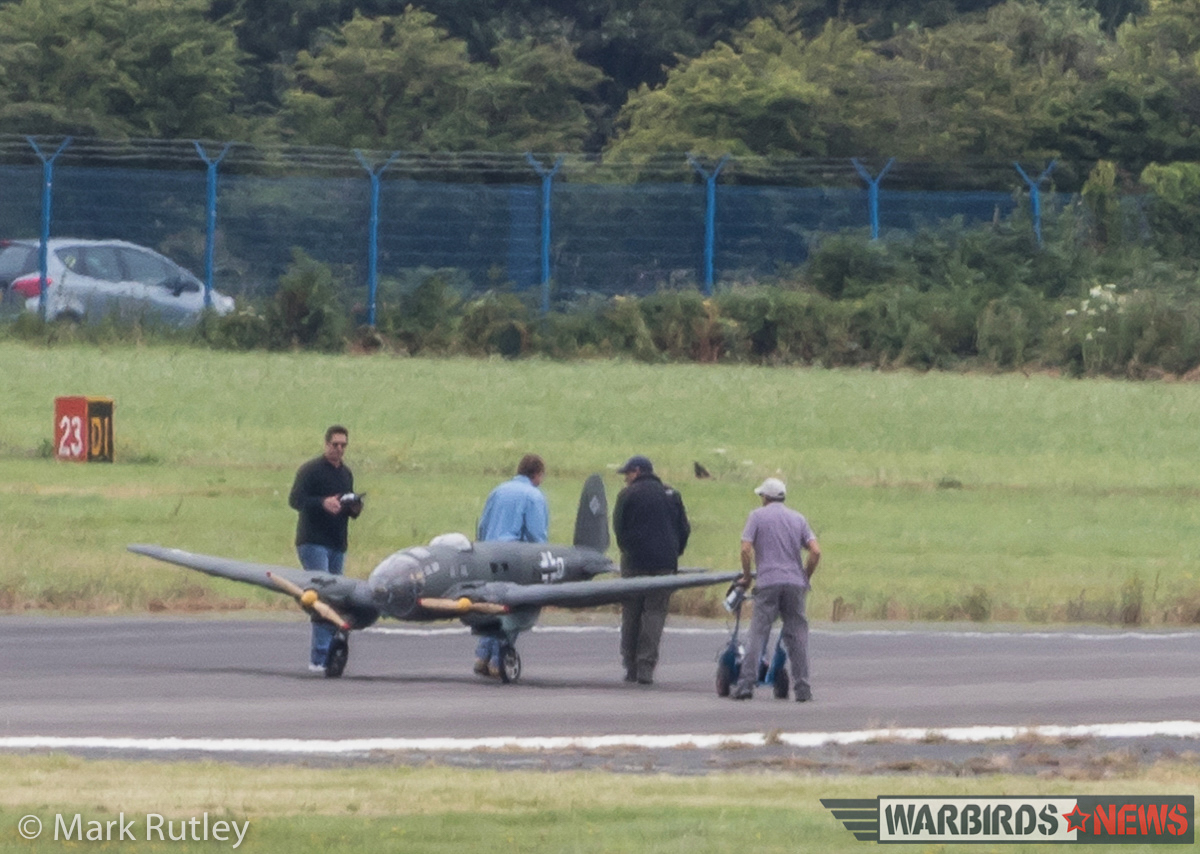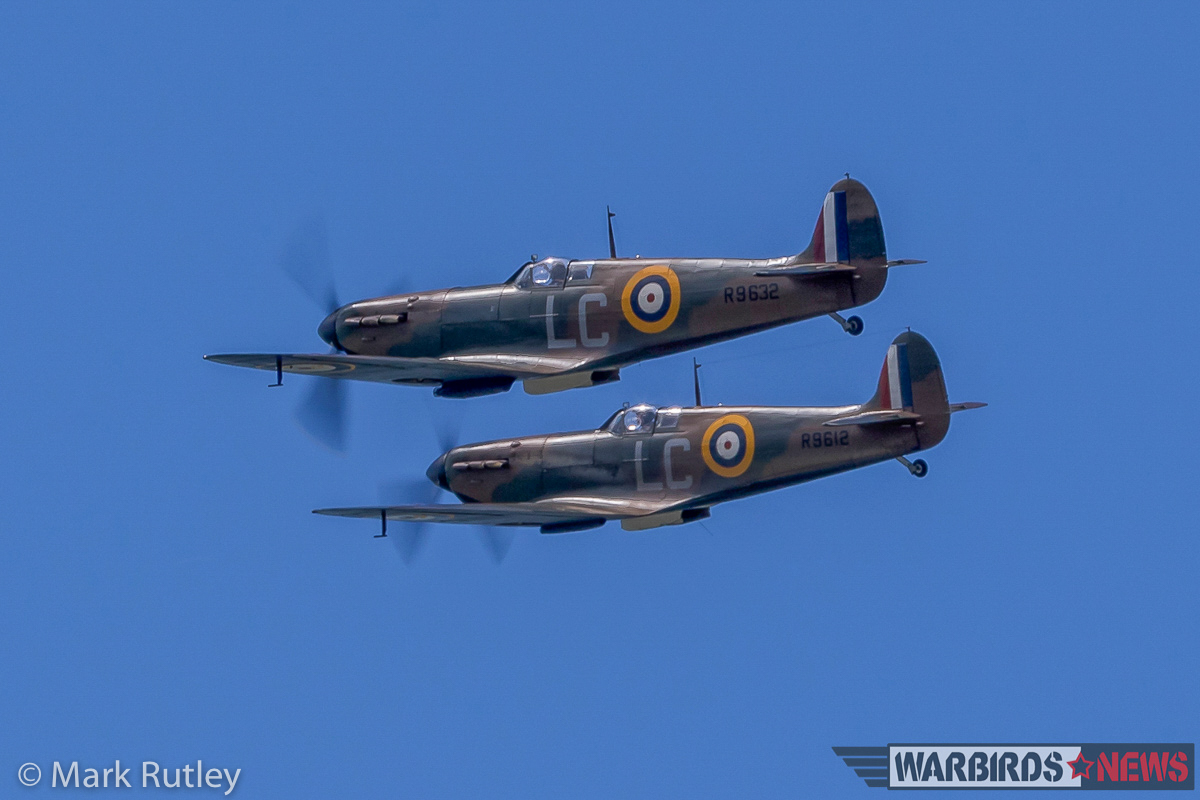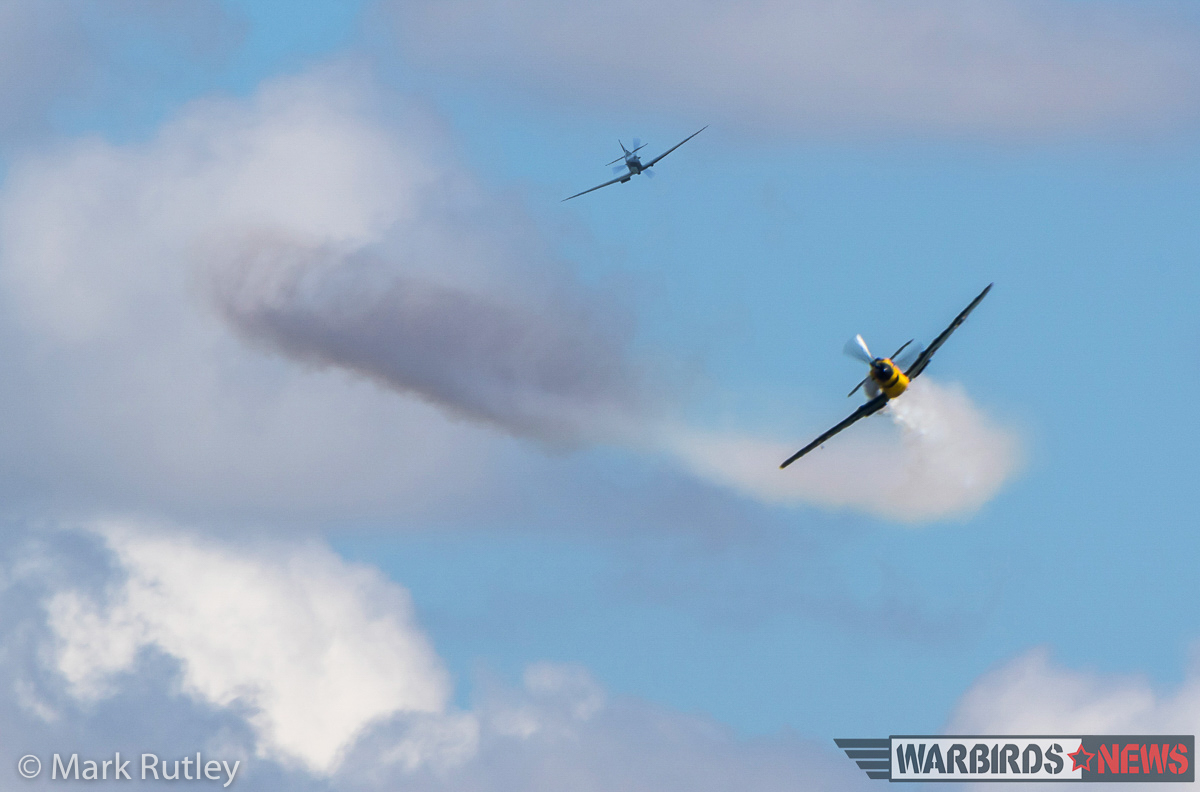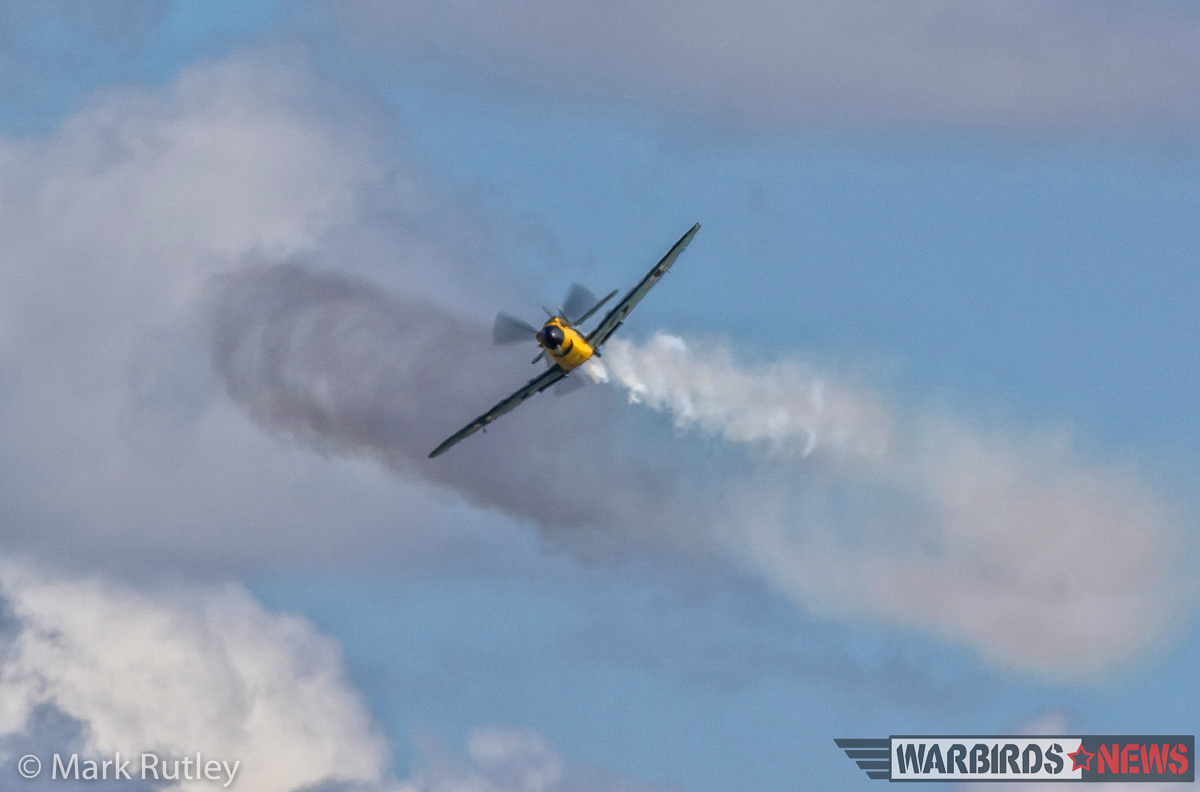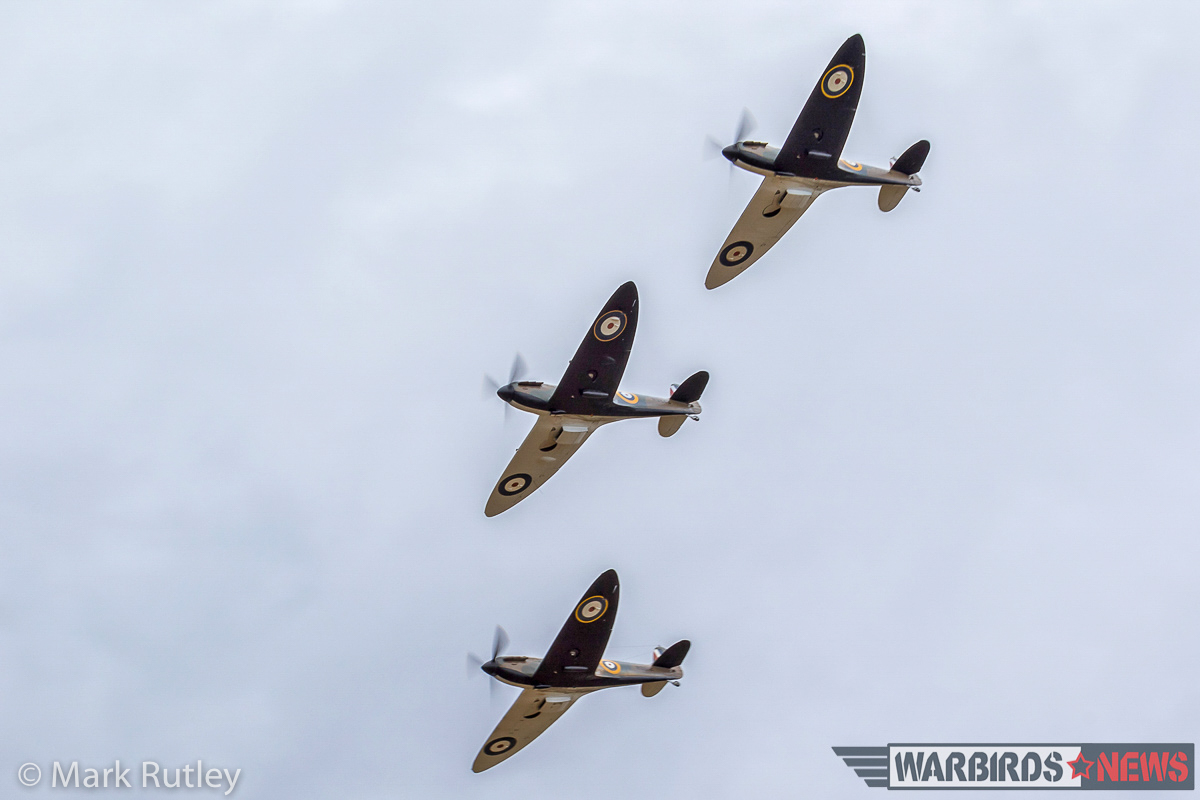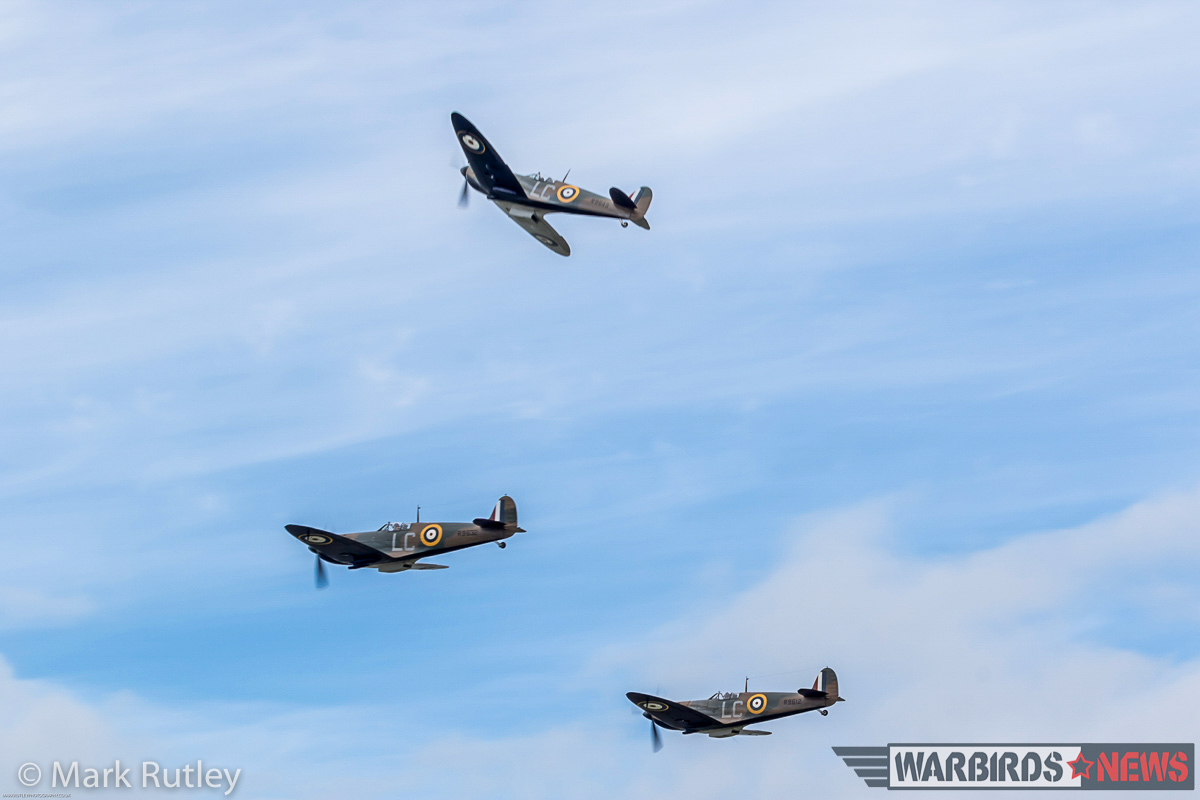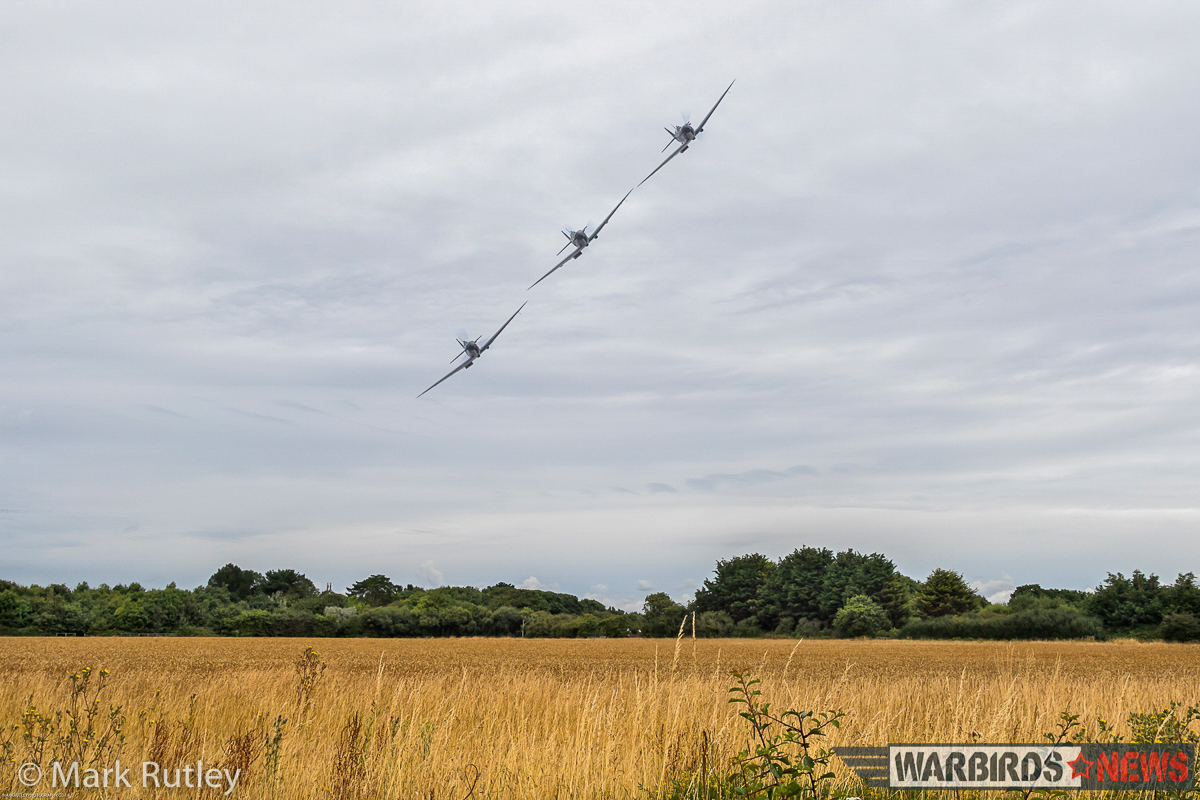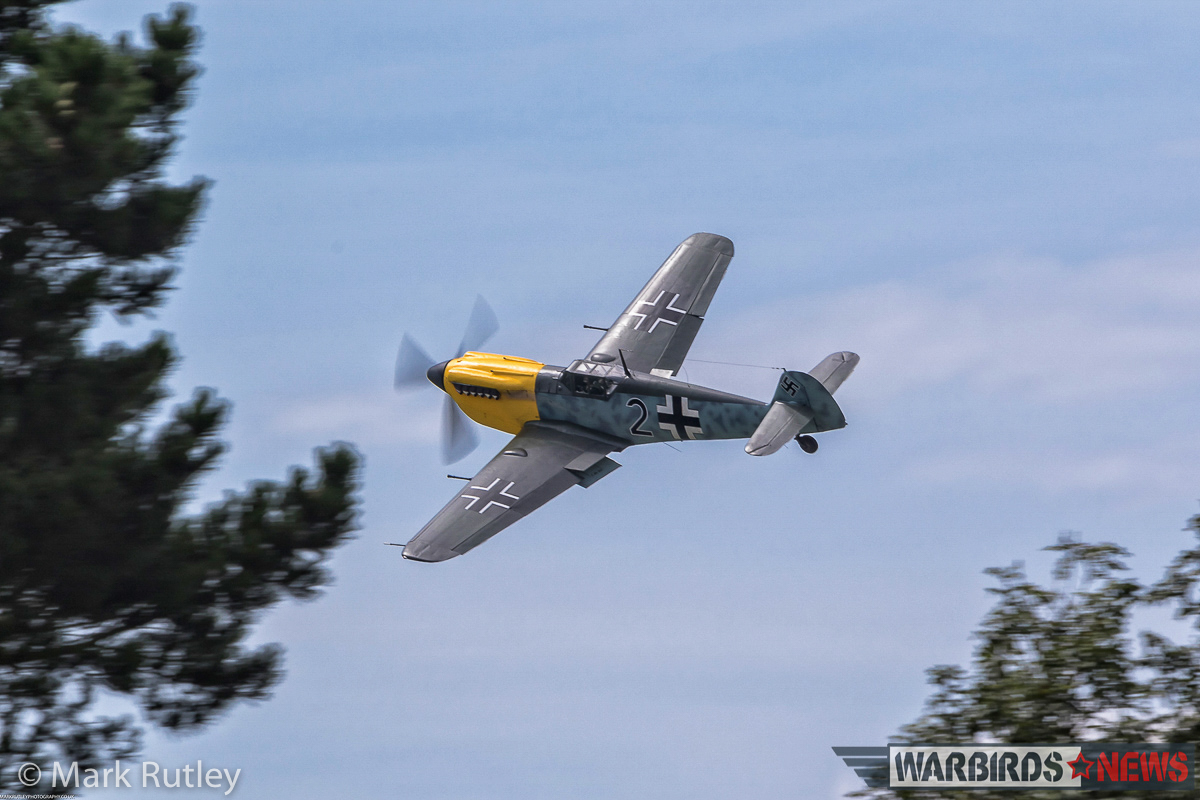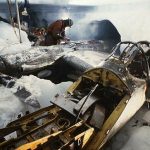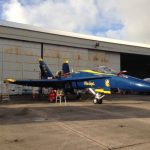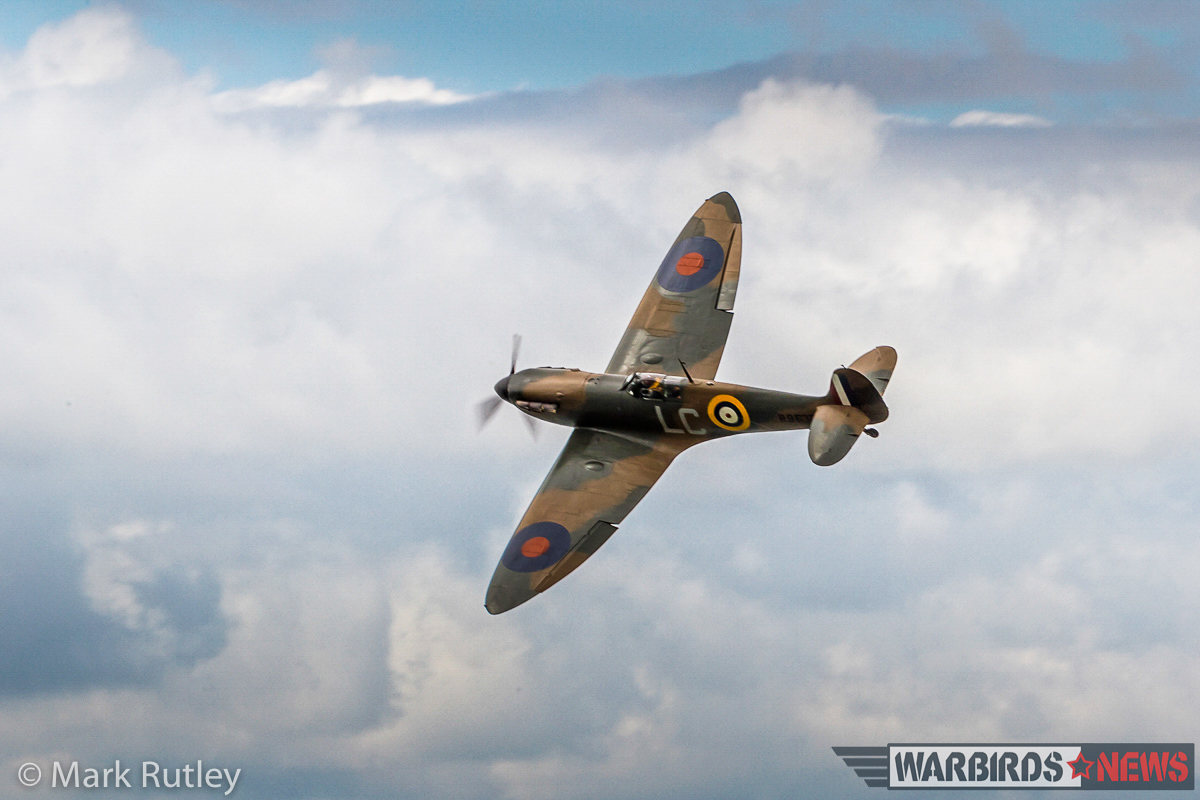
Dunkirk – The Motion Picture Film
by Richard Mallory Allnutt
WarbirdsNews reader, Mark Rutley, recently sent us some fabulous images he took recently while observing flight operations for the upcoming epic film, Dunkirk, currently being filmed at various locations in Britain, France and the Netherlands. Directed by Christopher Nolan, the film will portray the extraordinary drama surrounding the miraculous evacuation of nearly 340,000 British and Allied troops from the beachhead in Dunkirk, France between May 26th and June 4th, 1940 amid the onslaught of a withering aerial assault from a rampant Luftwaffe.
The intense teaser trailer for the movie is HERE
Christopher Nolan is known for filming things practically, with a minimal amount of CGI, so he is using real aeroplanes, people and equipment as much as possible, and filming on the actual beaches in France where the events actually took place. He has even gone so far as to resurrect a long-retired French warship, the Maillé-Brézé, for some of the scenes as well. While this ship is a post-war example, it is close enough in character to a WWII-era destroyer that most movie-goers won’t notice the difference.
Rutley reports that three Supermarine Spitfires and a Hispano Buchon, masquerading as a Messerschmitt Me 109, were based at Lee-on-Solent Airfield, near Portsmouth, Hampshire for two weeks during filming. The aircraft would fly out from the former Royal Naval Air Station and over the English channel to perform for the cameras. Remotely controlled, large scale replicas for several wartime aircraft were also in use at the airfield, including Heinkel He 111 bombers, Spitfires and Me 109 fighters. Though too far out over the water to photograph, Rutley observed several of the Spitfire and Me 109 r/c drones filmed as they crashed into the channel, presumably as a result of ‘combat damage’. No doubt the film makers will enhance these scenes with CGI to give an authentic feel to them.
The Hispano Buchon, painted to resemble an early-war Messerschmitt Bf 109E, is owned by Historic Flying Ltd. The three Spitfires taking part (two Mk.Ia’s and a Mk.Vb) were all painted in period markings, and included the unusual black and white underbelly camouflage. The rare fighters belong to American billionaires Tom and Dan Friedkin: Mk.Ia AR213 (marked as R9632), Mk.Ia X2650 (marked as R9612), and Mk.Vb EP122 (marked as Mk.I R9649). Interestingly, none of the Spitfire serial numbers worn during filming were those of actual Spitfires, but belonged to RAF Avro Anson Mk.Is. The squadron code ‘LC’ was spurious as well, having never been worn by an RAF Spitfire squadron, just the station flight at RAF Feltwell in Norfolk, East Anglia… well away from the Dunkirk beaches. Quite why the movie makers chose to do this is open to speculation, but a reasonable guess would suggest it was to keep the aircraft authentic-looking, while at the same time acknowledging that the events portrayed in the film were representative depictions, rather than totally factual ones. Therefore the stories shown will be a testament to the service and sacrifice of all involved, rather than to a few specific people and units. This seems like a fair way of doing things, and also allows more freedom for the story to combine disparate events into a more unified narrative that can actually be told within the confines of a two-hour film.
Rutley said the aircraft made about twelve sorties a day on average, for filming dog fights over the English Channel and Solent waters. Each time they returned in tight formation, made a low run over the airfield and then broke for landing individually.
The film is due for release next May, on or about the 77th anniversary of the miracle of Dunkirk. Given Christopher Nolan’s prodigious gifts as a film-maker, it is sure to be a fantastic, visual feast of a movie, and one most will find worthy of the terrifying stories of sacrifice and survival it is attempting to portray.
DUNKIRK – OFFICIAL MAIN TRAILER [HD]
WarbirdsNews wishes to offer our sincere thanks to Mark Rutley for contacting us, and allowing the use of his photographs. If you would like to see more of his work, please do visit his photography website HERE.







